On 15 May 1839, the first propeller-driven steamship SS Archimedes pulled away from her berth in Gravesend. By the time she arrived at Portsmouth, the world’s fleet of paddle steamers was a relic of the past. Side or stern, the clunky old wheel proved slow, inefficient, and was always in the way. But as propellers quickly cemented the classical ship design that we know today, the resulting standardization gave paddle steamers one unexpected advantage – charm. Visually captivating and bursting with historic appeal, these clumsy little vessels claimed a small corner in our hearts, and while we will never cross the ocean on one of them again, many are still around to captivate, educate, and entertain us.
1. Genève
Switzerland is at the top of the paddle-wheel game, sailing 19 of the 50(ish) vessels still in operation worldwide. Motivated by a penchant for history and vintage engineering, the Swiss not only maintain a fleet of impressive size but have preserved the old steamers as true gems of the Belle Époque, attracting tourists and enthusiasts from across the globe. And while each vessel is remarkable in her own right, the MS Genève boasts a speck of historic notoriety.
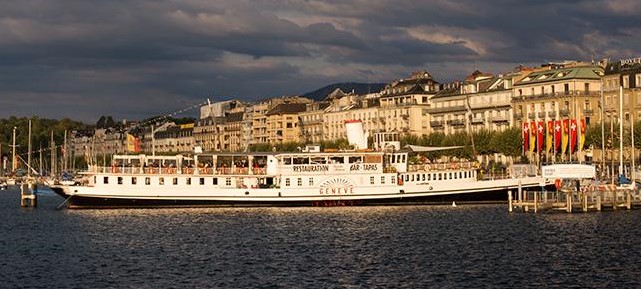
On 10 September 1898, Austria’s beloved and controversial empress Elisabeth (or Sisi) was having a stroll along the Lake Geneva promenade, where the MS Genève stood berthed, awaiting passengers for Montreux. Just before she made for the gangway, a passer-by stumbled, leaning against the empress for a split-second to keep his balance, then disappeared in the crowd. Seemingly shaken by the incident, Sisi scrambled aboard with the help of her lady-in-waiting, only to collapse on deck. An examination revealed a tiny wound in her chest, deep enough to kill her within the hour. The investigation revealed that the passer-by was Italian anarchist Luigi Luceni, who, with a deft and treacherous maneuver, had stabbed the empress with a sharpened needle file.
The steamer is still afloat on Lake Geneva, mostly used for dining and events.
2. La Suisse
Another notable presence on Lake Geneva is La Suisse, lauded by many as one of the most beautiful boats in the world. Whether or not “boat” is a fitting term, one thing is true of the 78-meter steamer – she transports her passengers not just across the picturesque lake, but also through the 115 years of her career. And if it is not enough that the ship’s exterior is a work of art, the good people of the CGN Line have installed an observation deck inside, where the likes of me can drool above the engine room for hours, gazing at the original machinery.
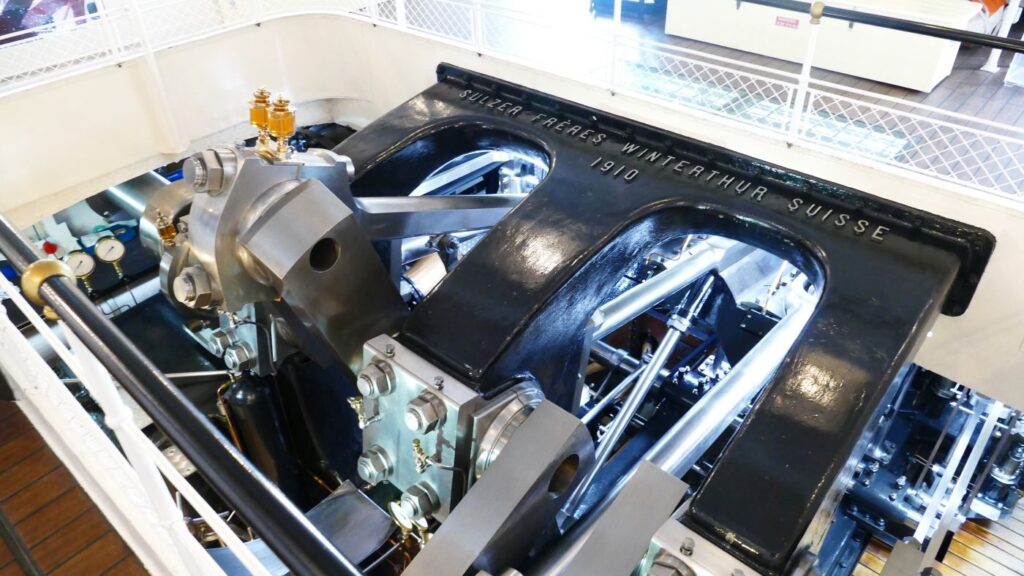
Visit The Shipyard Shop
-
Steamboat Willie Silver Coin
70.00 $ -
USSR 1990 3 Silver Roubles
70.00 $ -
Silver Coin 1954 Portugal 10 Escudos
30.00 $ -
Italy 500 Lire Columbus Caravelle
25.00 $
3. Blümlisalp
This 63-meter steel swan has been touring Lake Thun, near the Swiss capital Bern, since 1906. The slender double-decker still rocks a compound Escher Wyss engine, whose humble 478 kilowatts have been more than adequate in the last 120 years. After extensive renovation, the ship is back to work, beautiful as ever.
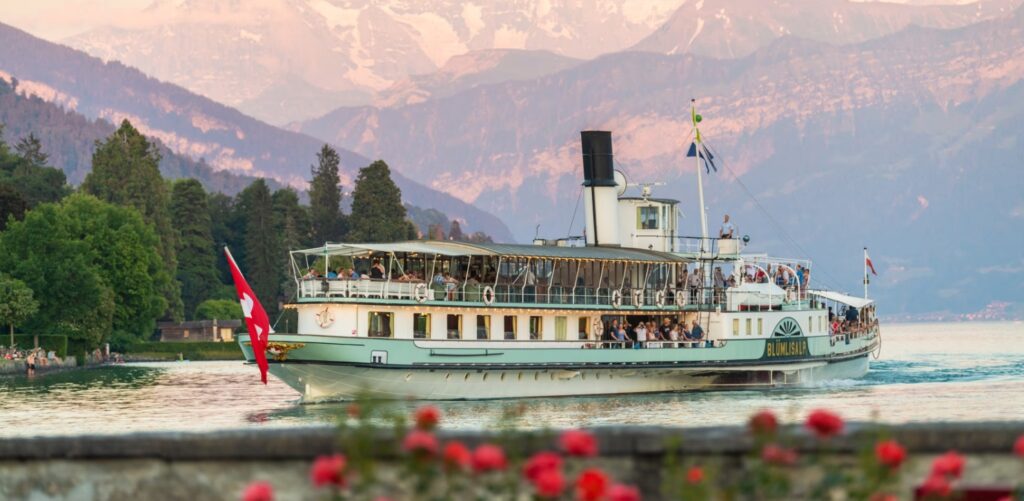
4. Diesbar
In 1884, Germany was gaining momentum as a rising global superpower. Under Bismark’s firm guidance, the fledgling empire underwent staggering industrialization, with a special focus on naval prowess and innovation. It was this glorious era that produced the small paddle-wheel steamer Diesbar, which still graces the Elbe River near Dresden. What is notable about her, however, is not her size but the fact that she carries what is perhaps the world’s oldest surviving coal-fired steam engine. Originally installed on the PD Bohemia in 1841 and transplanted onto Diesbar later on, the engine now approaches its 200th birthday, having outlived the German Confederation, the German Empire, the Weimar Republic, Nazi Germany, the Dresden bombings, and the post-war division between East and West. Sturdy German tech…
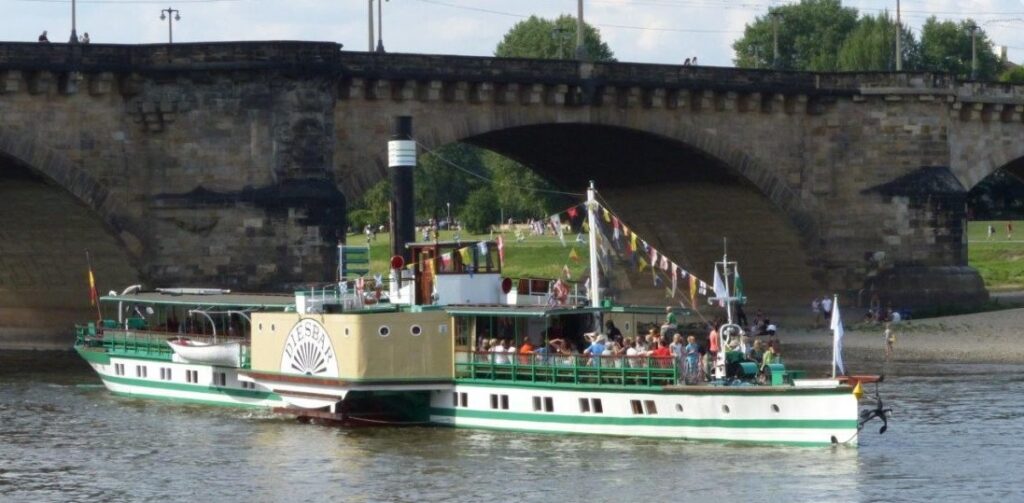
5. Stadt Wehlen
Belonging to the same Saxon fleet as Diesbar, the Stadt Wehlen is even older. Built in 1879, the charming old lady still catches the eye with a tiltable chimney (for passing under bridges when the river rises), plus glass-paned observation spaces to the chugging coal engine and the spinning paddle wheels.
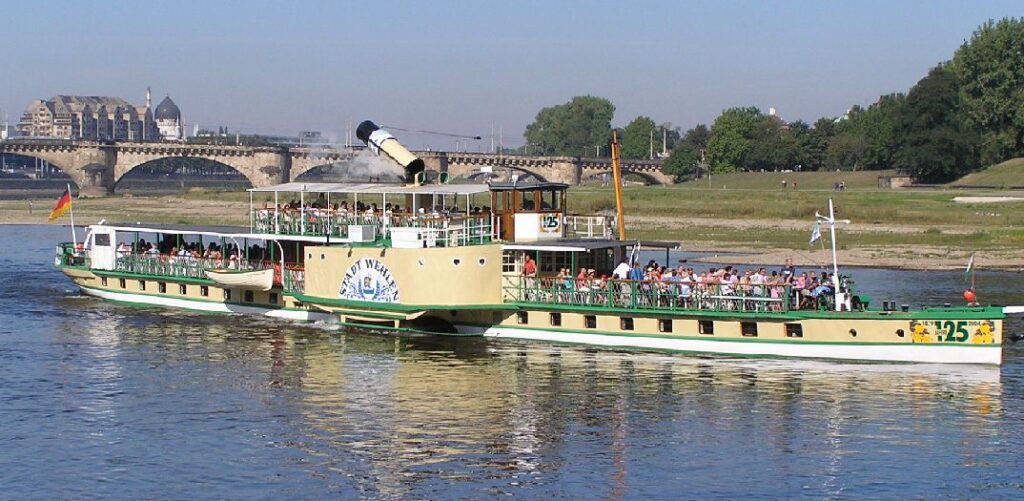
6. Hohentwiel
A jewel of the Art Nouveau design school, this 1913 steamer is a spectacle of polished steel and brass, complemented by the bulging mass of the red paddle wheels. The interior is a glimpse into the Golden Age of German empire-building, just before the Great War, when the Hohentwiel first graced the waters of Friedrichshafen. They even offer re-enactment events for those who fancy arrow collars and Gibson Girls, so you might want to dust off your corsets and silver-tipped walking sticks before you hop on board.
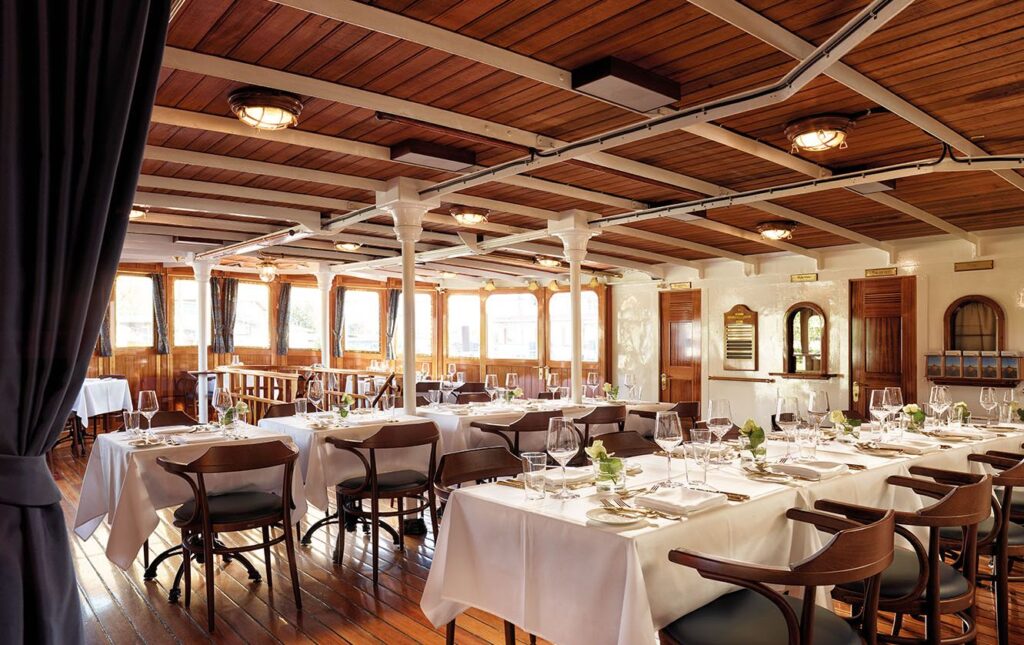
7. Gisela
Another steamer that outlived her country, the Gisela now waltzes across the idyllic Austrian Lake Traun. In 1877, only 5 years after Gisela’s debut, the Austro-Hungarian government launched the Kronprinz Rudolf railway, which many believed would destroy the shipping lines across the lake. The unexpected influx of tourists, however, only cemented the steamer’s status as one of Traun’s major attractions, all the way to the present.
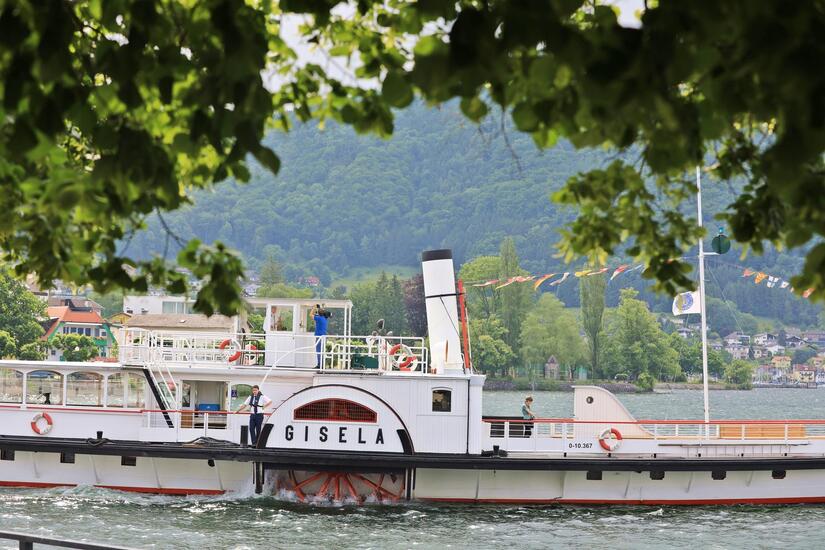
8. Kingswear Castle
Britain’s one and only remaining river coal-fired steamer is quite small at just 35 meters in length, but she sure makes up with charm and historic flare. Launched in 1924 on the River Dart in Devonshire, she did some hard work for the US Navy in WWII, carrying cargo and marines to and from Dartmouth. After an extensive overhaul, she is now back on the river, as pretty as she was in 1924.
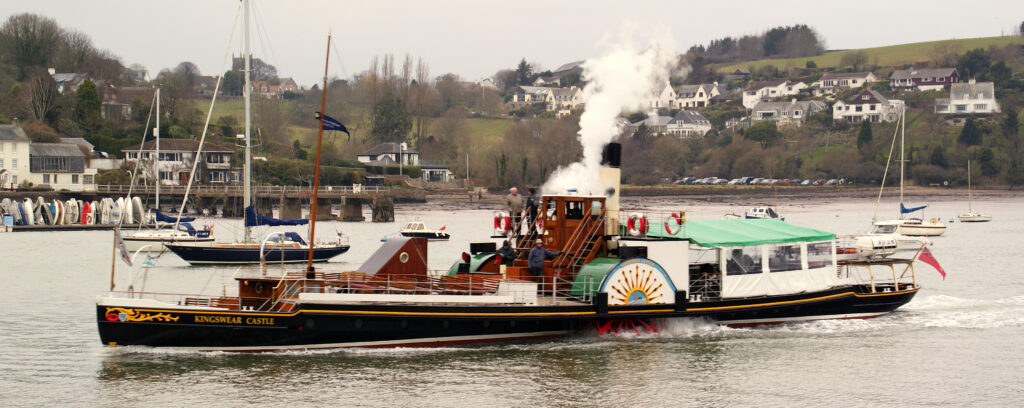
9. Canberra
Compared to the haughty, manicured steamers above, this old girl on the Murray River was the definition of humble. Built as a fishing boat in 1913, she only got refurbished for passenger service some 30 years later, and even then, she never impressed anyone with her homely looks. However, to those of us who take ships at more than just face value, the Canberra’s 1923 wood-fired steam engine is enough to stir up a flutter in the belly.
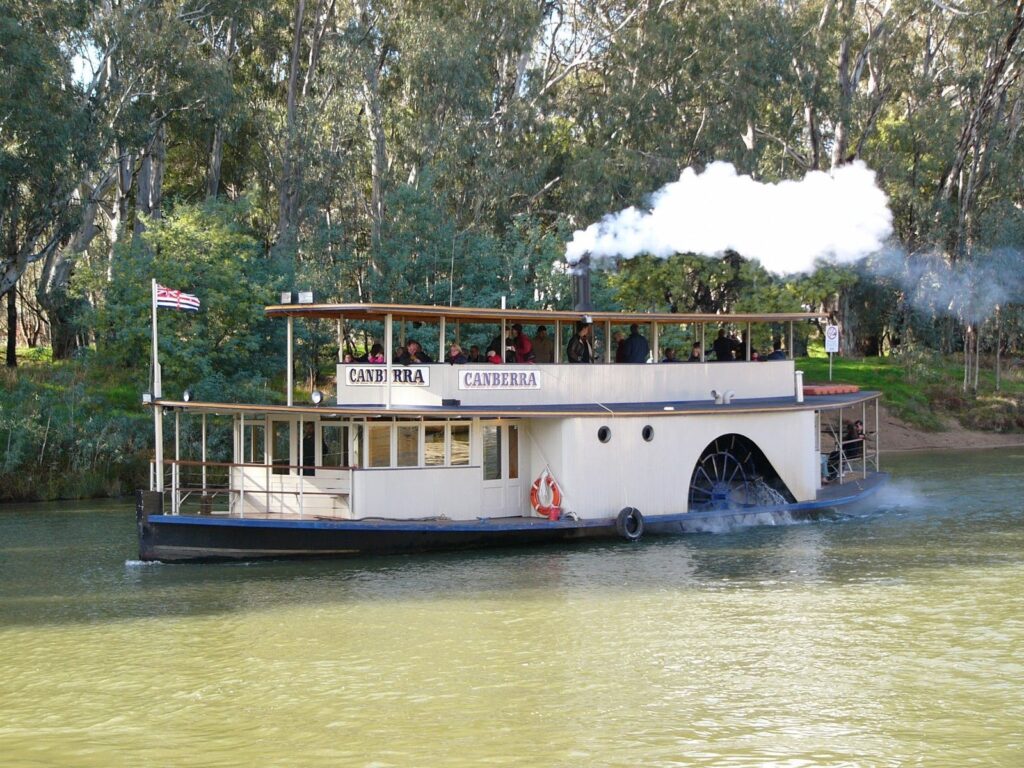
10. Adelaide
Another “humble” presence on the Murray River boasts a world record – oldest paddle steamer with a wooden hull still in operation. Her working-class roots go back to 1866, when a local businessman commissioned her for the wool trade, where she served until a nearby sawmill bought her in 1891 to carry logs up and down the Murray. This she did without fail all the way until 1960, when she was retired and seemingly forgotten for 25 long years. In 1985, after a long refurbishment, the Adelaide received her new and glorious commission for passenger service from Prince Charles and Princess Diana.
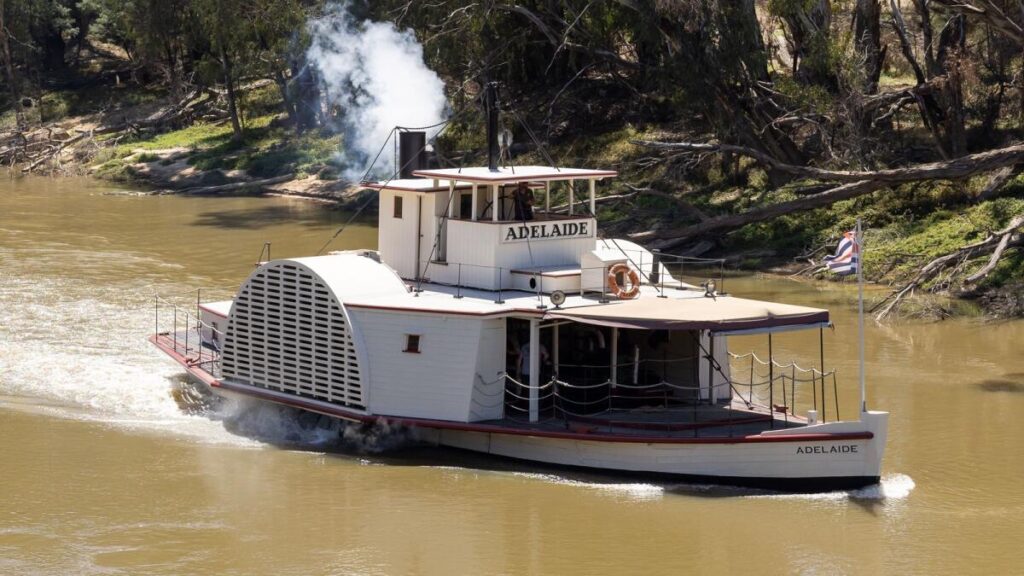
11. Hjejlen
Another “oldest” plies the Søhøjlandet region, Denmark’s famous lake paradise. Built in 1861, the Hjejlen is the world’s oldest paddle steamer still in operation with her original engine. Compared to the steam engines of the 20th century, this one looks like a toy – the two cylinders have a bore of just 10 cm and a stroke of 42 cm. Yet, unlike many of the classical steamships of later years, the tiny Hjejlen is still around, chugging along at a leisurely speed of 8 knots.
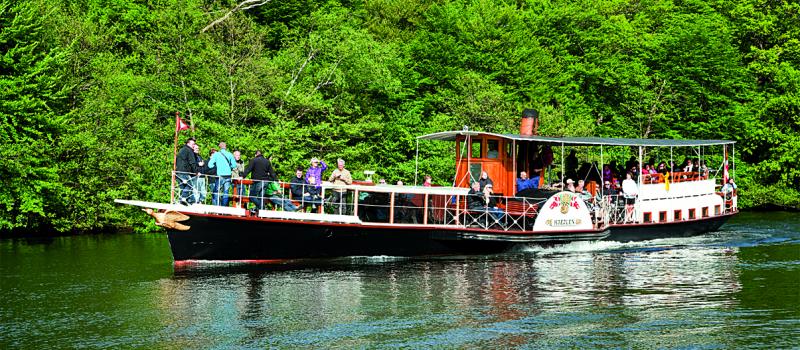
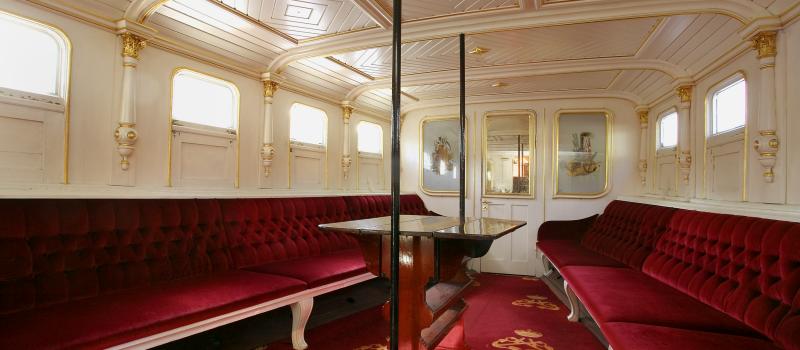
12. Skibladner
The world’s oldest paddle steamer is also a design masterpiece from the mid-19th century. She first slipped into the waters of Lake Mjøsa in 1856, offering a reliable connection between Eidsvoll Train Station and the towns of Hamar, Gjøvik, and Lillehammer. Almost 170 years later, she is still on the lake, albeit with a “modern” oil-fired steam engine from the 1920s.
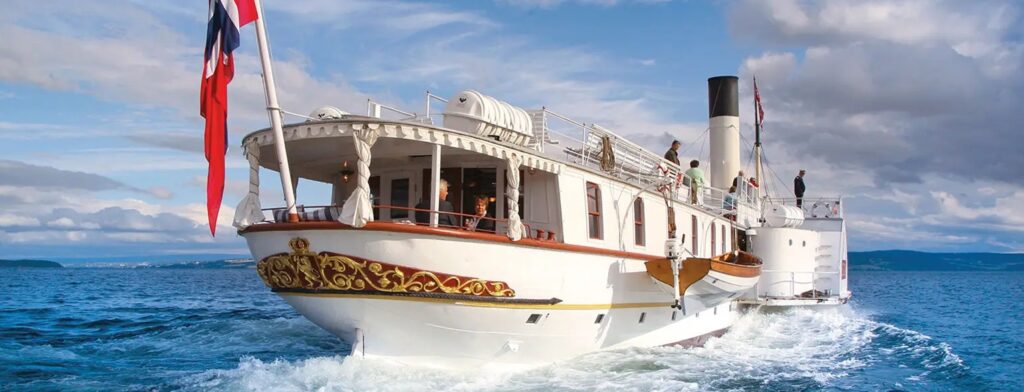
13. Princess Elizabeth
Named after the newborn British heir to the throne, the 1927 vessel carried passengers from Southampton to the Isle of Wight. The exciting part of her career, though, began in WWII, when the British Admiralty dispatched her to take part in the dramatic Evacuation of Dunkirk. In four harrowing trips, some of them under heavy fire, the little boat evacuated more than 1,600 troops from the German-occupied French town. 71 years later, the Princess Elizabeth appeared in Chistopher Nolan’s blockbuster movie Dunkirk as…well, herself.

The Shipyard
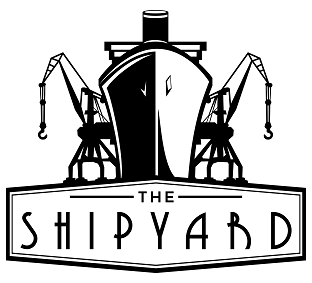
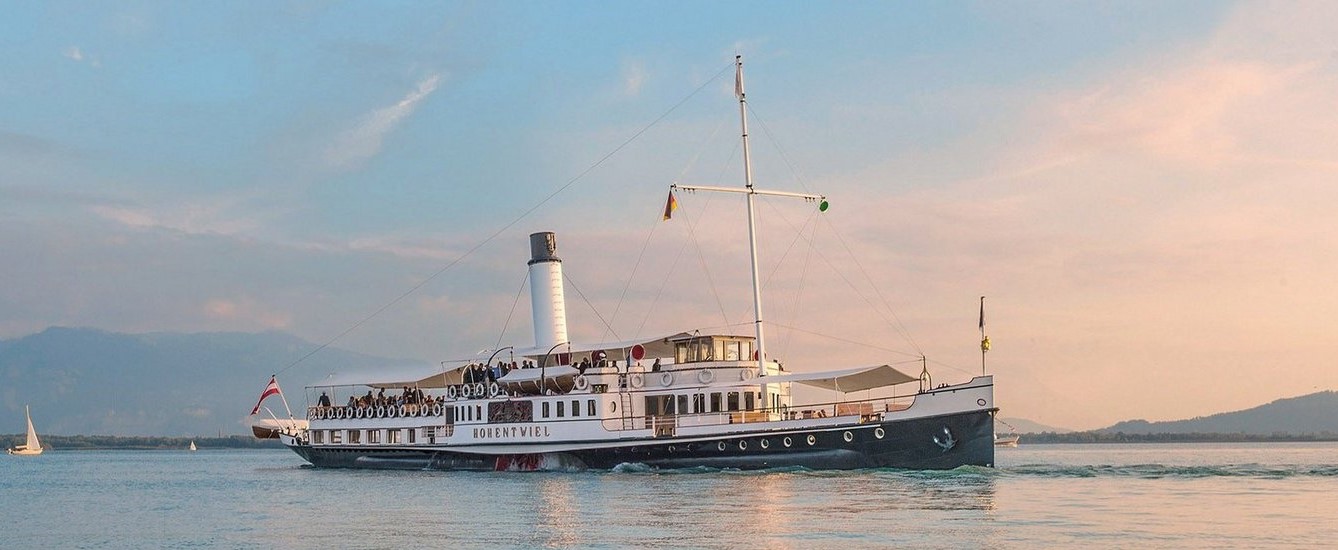
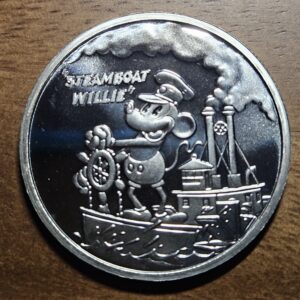



Impressive! Thanks for sharing this.